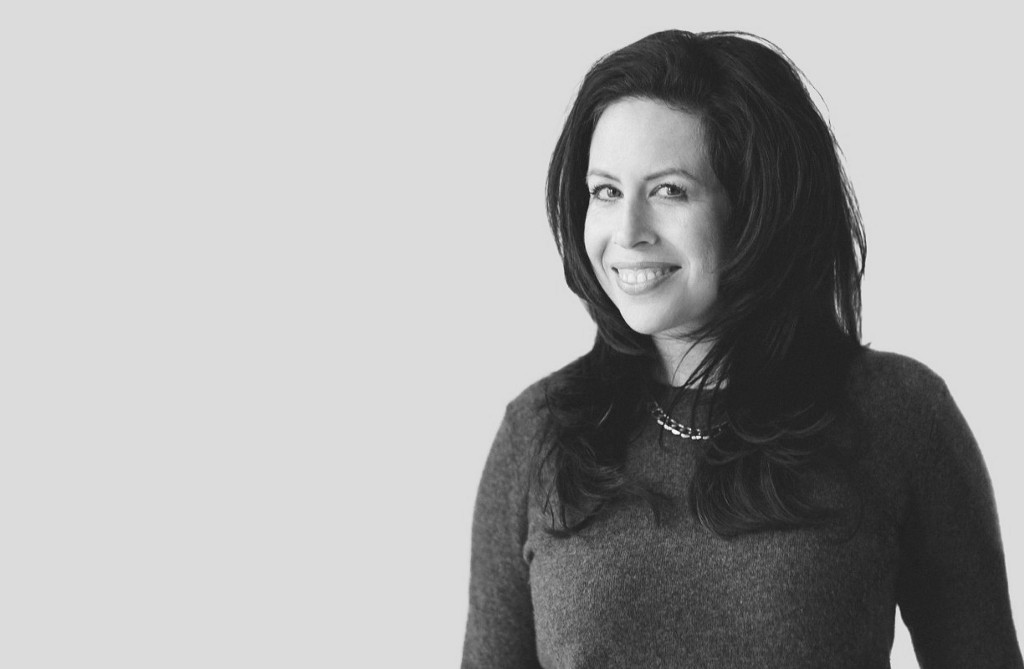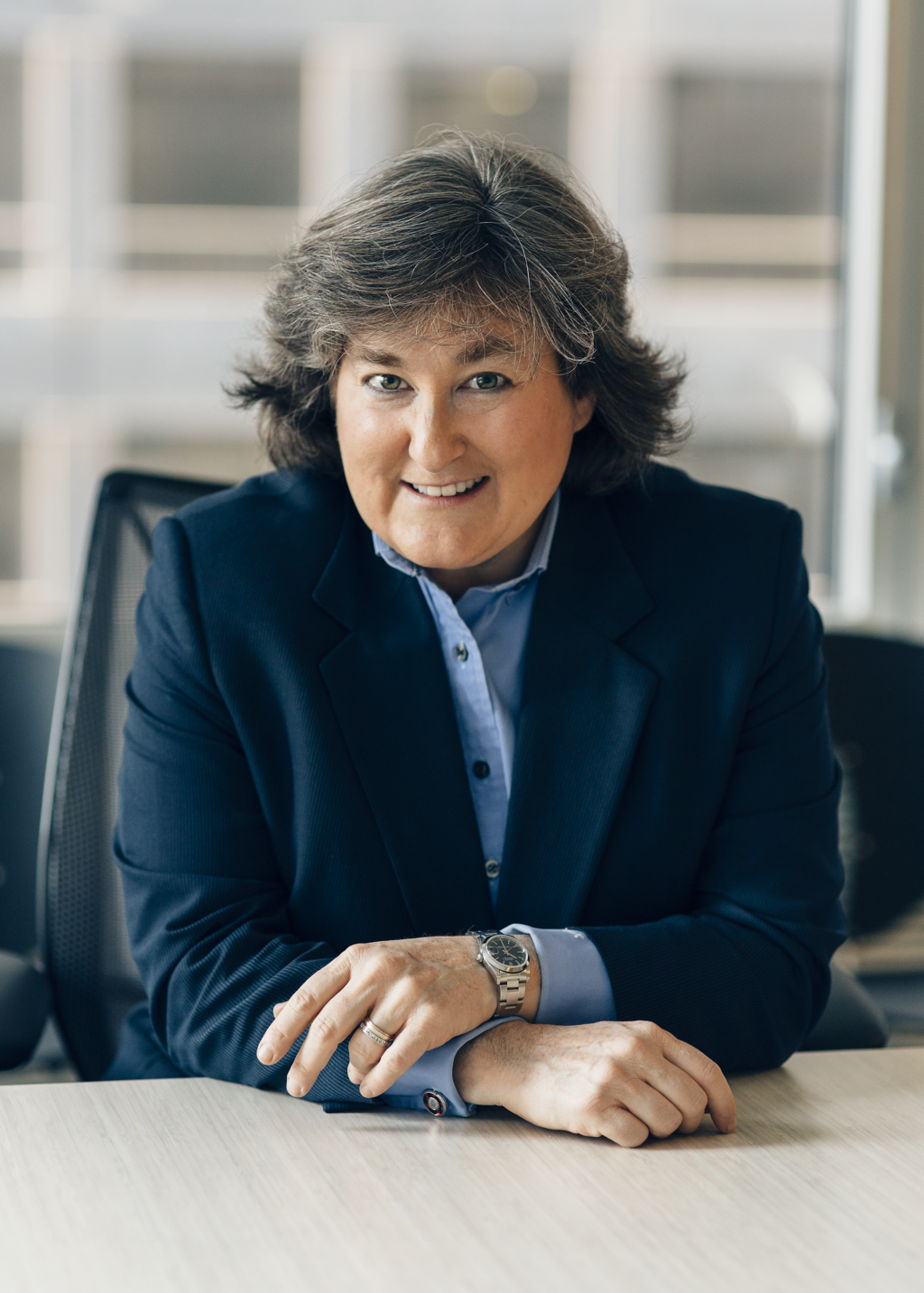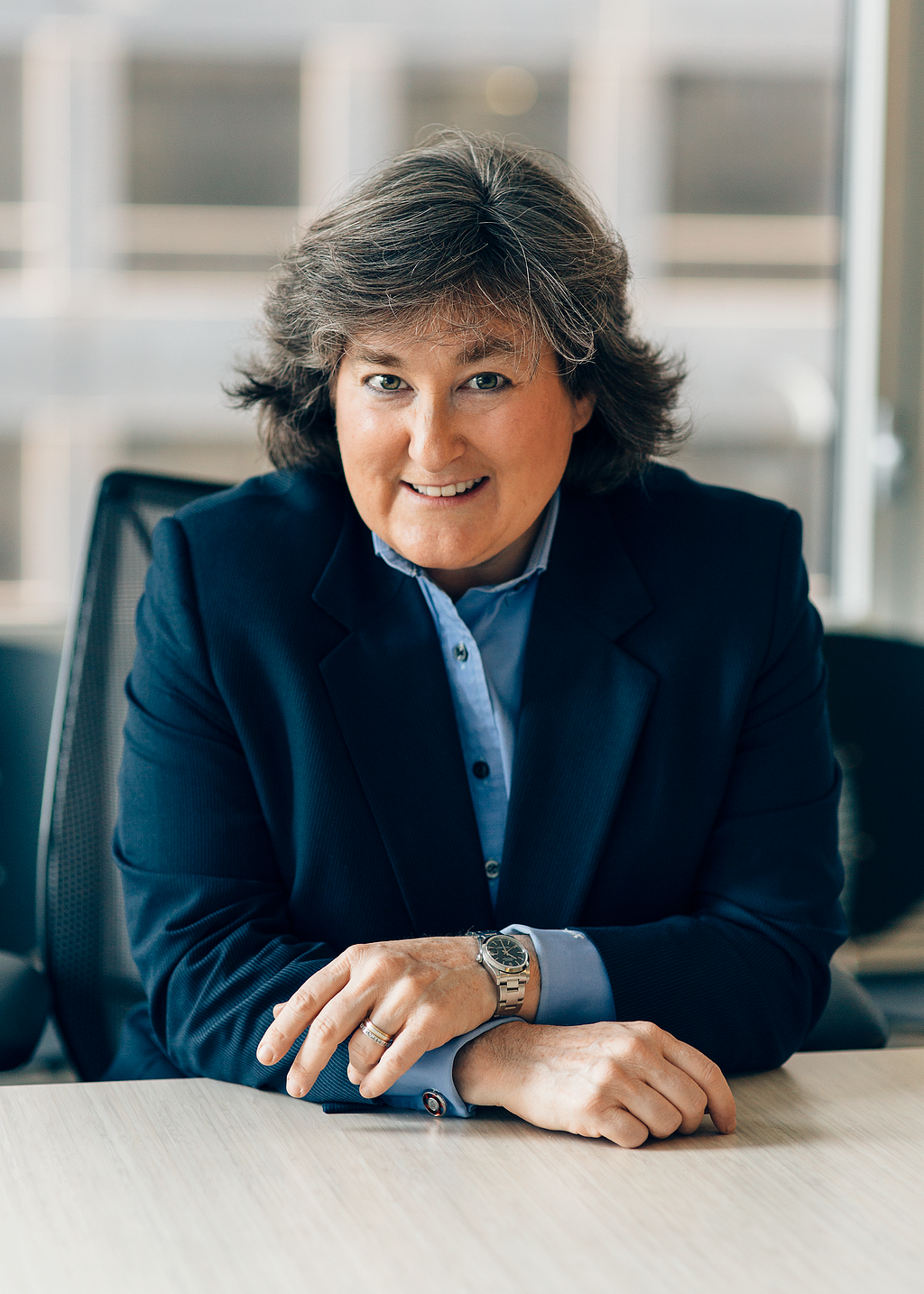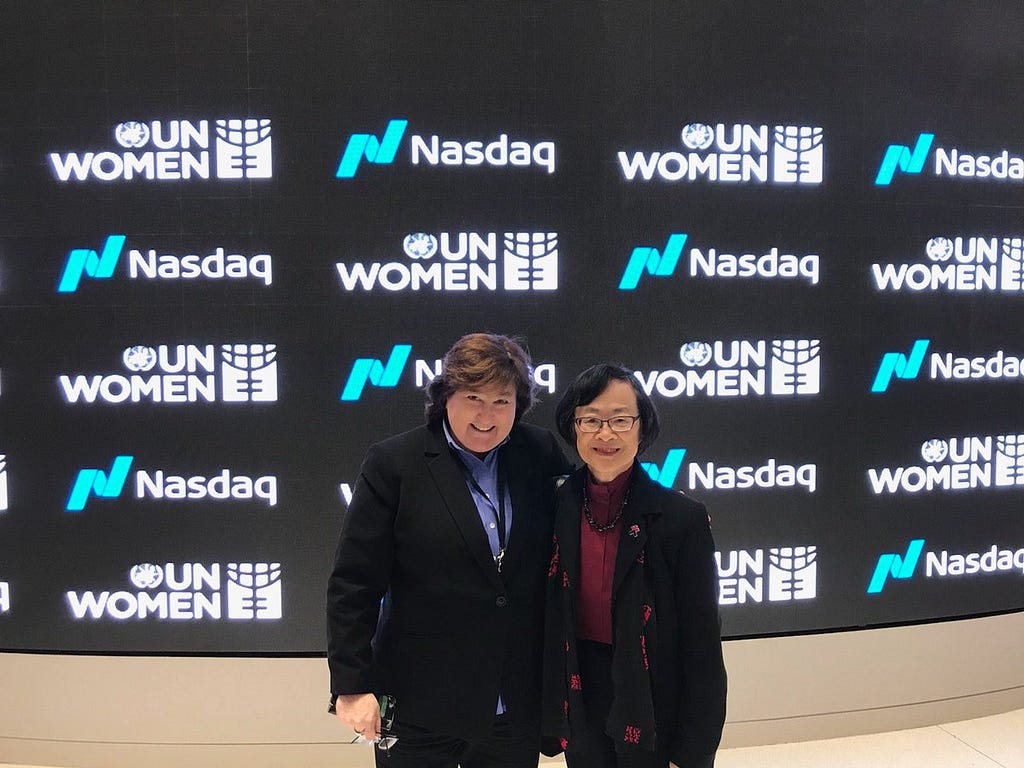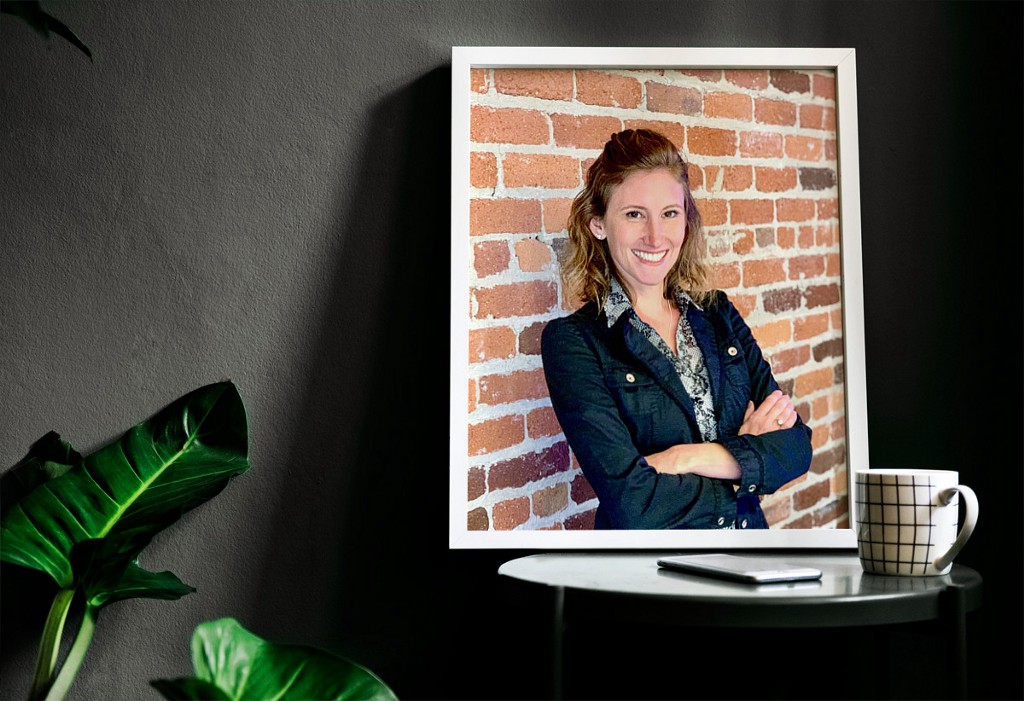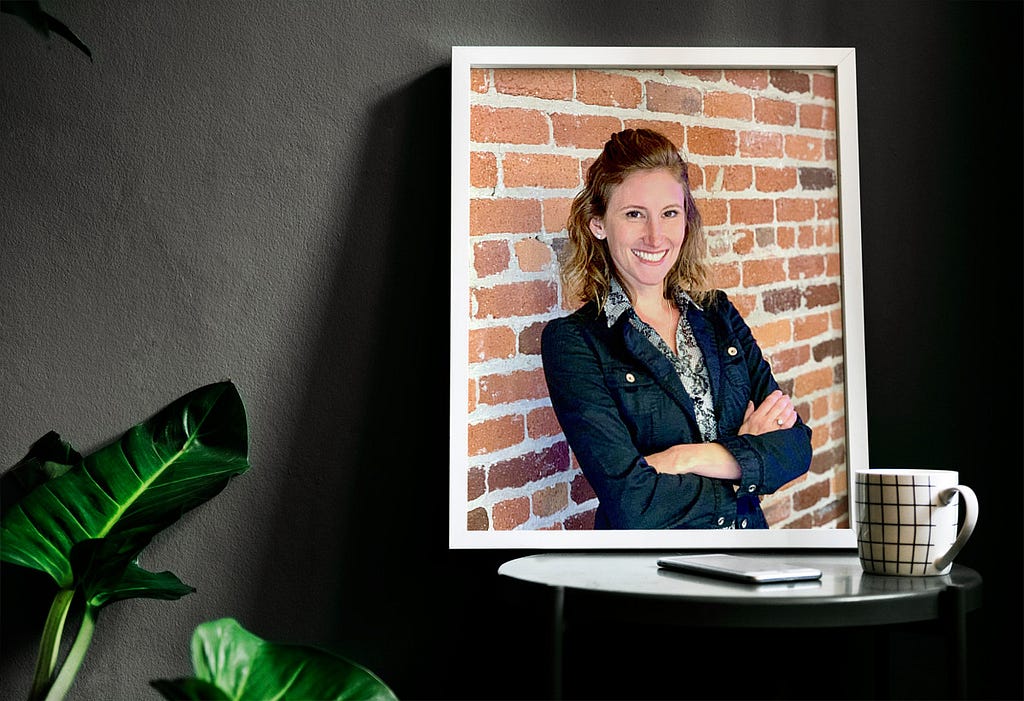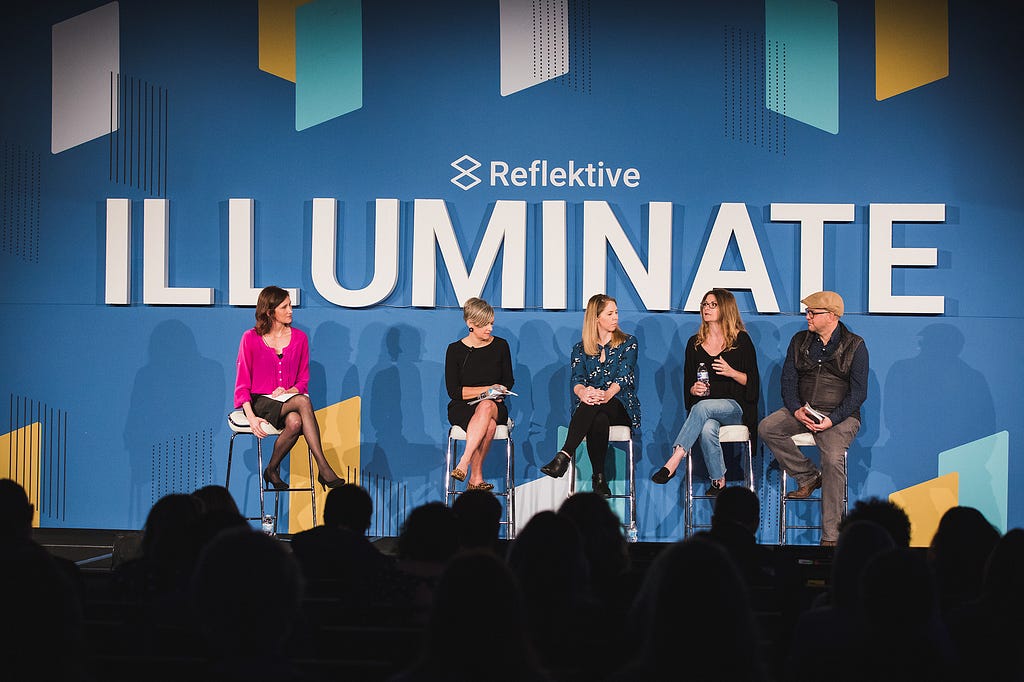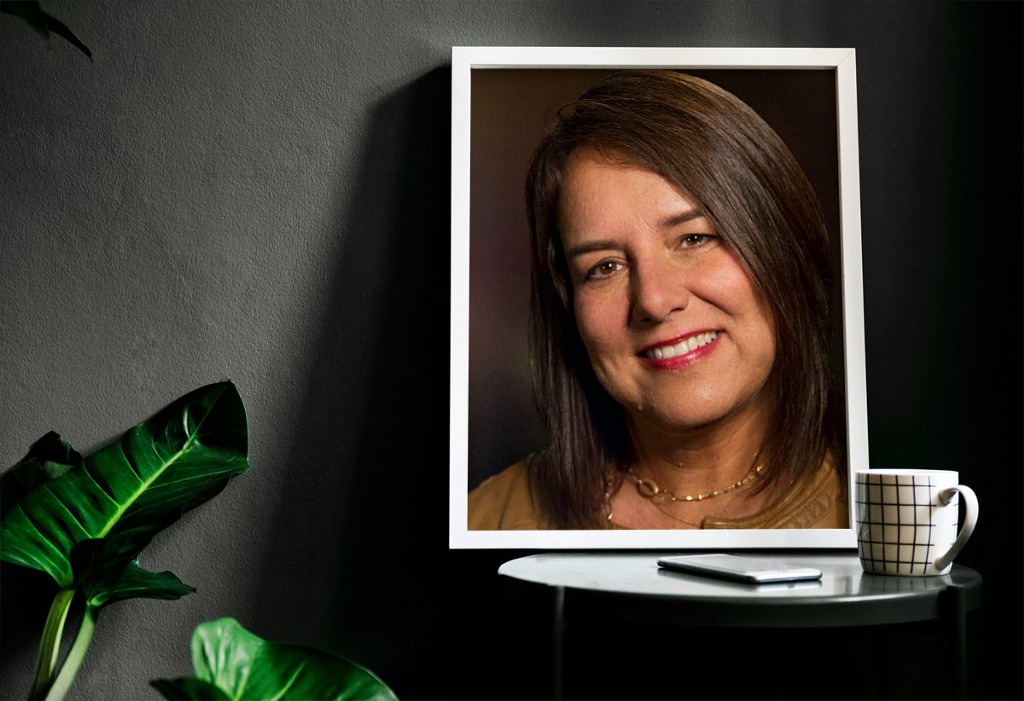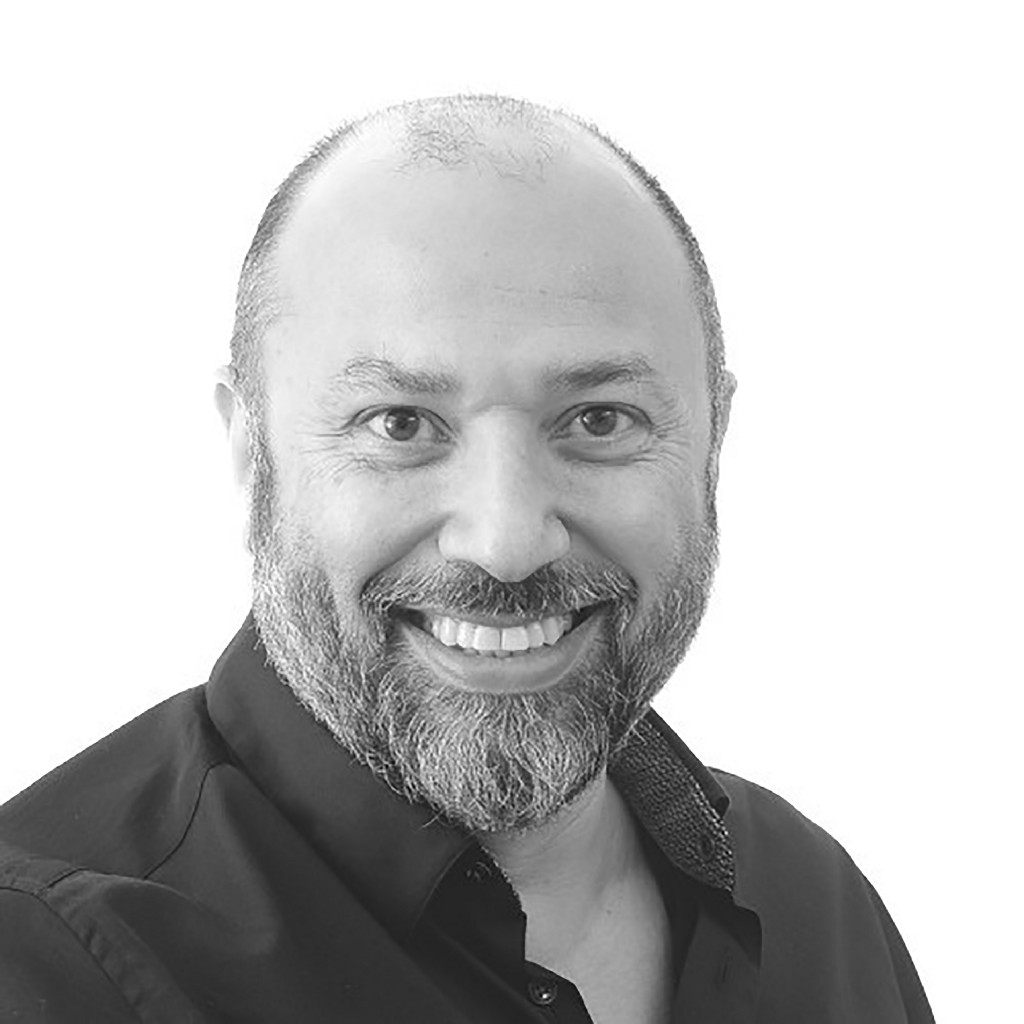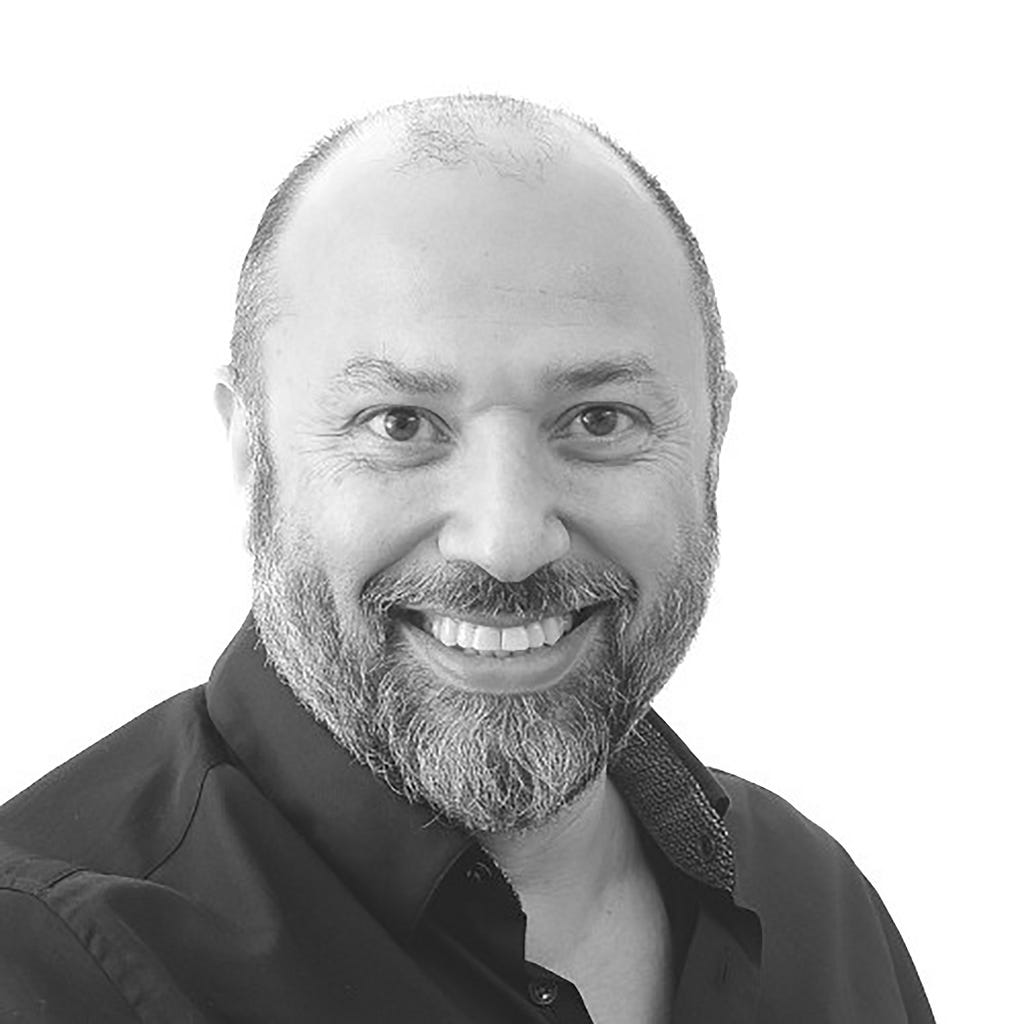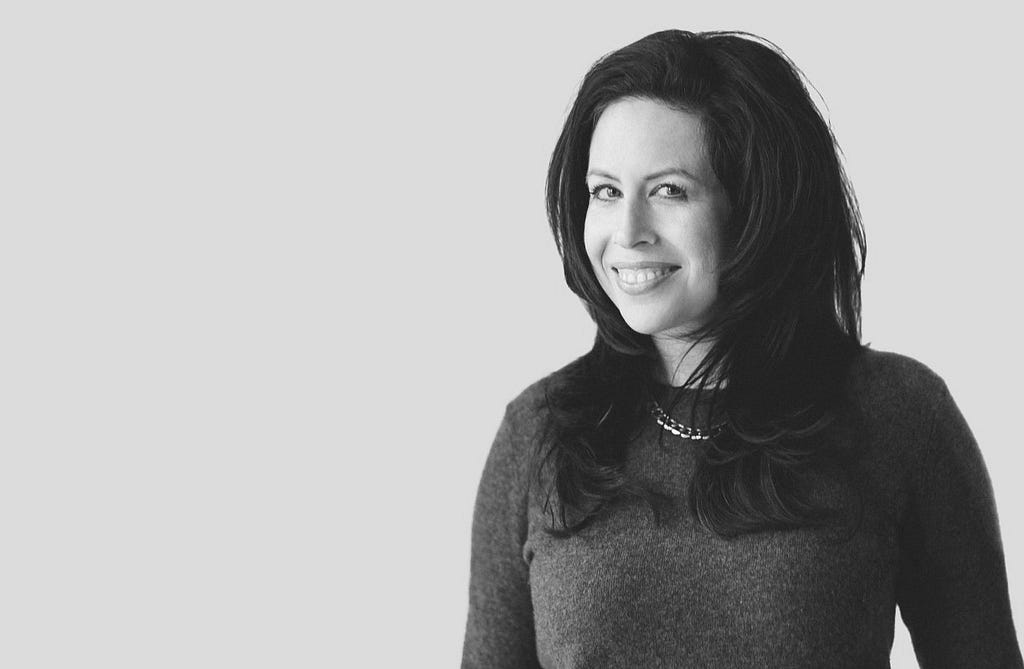
Mentor women to ask for more money. I work with other women founders and I constantly see them trying to bootstrap, raise only what they “need” while men come in asking for what it takes to really blow out an idea from the beginning. At the risk of sounding like a broken record — we have to encourage women to ask for more money!
Andrea Brooks is a serial entrepreneur and lobbyist for social change with a passion for health, wellness and design. Following a disabling injury in which cannabis played a crucial role in her recovery, she was inspired to enter the cannabis space. Building on previous experience working with NGOs around the world on program development, she applies her expertise in conducting needs assessments, developing strategic partnerships and creating new revenue sources to her latest venture — Sava. Sava is a digital platform providing e-commerce solutions for curated, high-quality cannabis goods that provides access to and education about cannabis medicine to patients throughout California. Andrea has previously consulted with NGO’s around the world including Israel and the Palestinian Territories, Tanzania, Nigeria and San Francisco. She is a former recipient of the San Francisco Human Rights Commission’s Fair Housing Award for developing new programming in the fields of fair housing and reasonable accommodation for individuals with disabilities. She has served as Vice-Chair on two separate San Francisco governmental advisory bodies, including the Commission for Animal Control and Welfare.
Thank you so much for joining us! Can you tell us the “backstory” that brought you to this career path?
In 2013 a disabling injury left me bedridden and unable to work at a computer. Doctors told me my nerve damage would stop me from continuing my career, which was desk-based. I slid into a year-long depression while I tried every solution I had energy to try and worked to find my way out of this new normal of everyday pain.
Prior to this, I didn’t care much for cannabis. I was lucky enough to have a friend who was a grower and he suggested I try a combination of CBD and THC tinctures and topical balms to fight the pain and inflammation and he helped guide me in a trial and error process. The results were pretty immediate. I used cannabis to wean off pharmaceutical pain killers and started to get my life back.
With this new curiosity, I began visiting local dispensaries and tried to learn more about cannabis online. At the time, the options and educational resources were limited. Much of the product in stores was branded for stoners, and had little educational information on how to create a protocol for any specific outcome other than getting high. Luckily, my friend started connecting me to product makers in his network. I began to realize that there were people out there making really high quality products, branding them thoughtfully — they were just hard to find. That’s when the idea for Sava was born.
At first I imagined an “Etsy of Cannabis” that would give these makers visibility and a platform to connect with and sell directly to customers, but the regulatory hurdles for that model were too great. Instead we became a highly curated marketplace for high quality cannabis products that get delivered to your door. We focus on education and wellness, offering a number of ways for people to learn how to use cannabis for a range of uses, from sleep, pain, relaxation, and more.
Can you share the most interesting story that happened to you since you started Sava?
Before working in cannabis, I worked in health and human services. People’s stories have always been extremely interesting to me. In the very beginning I had a personal connection with most of our customers, who at the time were coming to us as medical marijuana patients (this was before recreational legalization in California). I would occasionally video chat with people to help guide them on their journey, finding the right products for their pain, lack of sleep, etc.
Our company has now grown to where I’m removed from the day to day customer service, but I still keep in touch with some of those original customers and they keep me updated on their progress — what’s working, what’s not. When I do check in with our customer service team, I hear similar stories about their relationships with our customers. When we organize events, we have a set of regulars who have started to form their own relationships with each other.
One of the most inspiring and interesting parts of growing this company is seeing the community we’ve created a space for grow and thrive, and to see how people include Sava in their stories.
Can you share a story about the funniest or most interesting mistake you made when you were first starting? Can you tell us what lesson you learned from that?
Before this business we did not have experience fundraising and discussing the financial ins and outs and projections of a growing company with savvy investors. Thanks to the amazing team of advisors, experience pitching, and to the internet, we’ve learned so much about how to frame our business in that context, but there was certainly an initial learning curve.
Early on we participated in an investor-facing fair where we had a table presenting Sava. My co-founder and I felt fairly prepared, but as we were setting up we started chatting with a fellow founder about her business. She was rattling off numbers we didn’t have memorized about our own business and Amanda and I had an “oh no” moment. We quickly finished setting up and excused ourselves to freshen up before the attendees arrives. We ran to the bathroom, locked the door, and called our financial advisor.
Luckily, she picked up. She ran through the numbers with us, we drilled each other, and then we left the bathroom just as guests were walking in the door.
Throughout the event we had several people comment on how well we knew our business as we rattled off numbers, so it worked out. But that could have gone very differently!
I think this story highlights key success factors to being a founder, specifically in this space which can be quite a rollercoaster. You have to be nimble and quick on your feet. When you realize there is a problem you have to spring into action fast. You must be surrounded by a nimble team who will lock themselves in the bathroom with you, and pick up the phone when you need them.
Ok let’s jump to the main focus of our interview. Even in 2019, women still earn about 80 cents for every dollar a man makes. Can you explain three of the main factors, from your perspective, that are causing the wage gap?
Women aren’t offered as much compensation. Not only are women often offered less for equal roles, we generally offer more money for roles that attract men vs those that women tend to fill.
Women don’t ask for as much money. I’ve heard stories from several people who work in human resources where they’ve had a salary range and an initial offer for a candidate, and that they’ve watched women accept that initial offer and not negotiate when their male counterparts often do negotiate. I’ve heard their frustration that they could have given the woman more money had she just asked, but she didn’t. I’ve also seen many female founders try to raise less at the start and be thrifty, while men will come in and just ask for it all in the beginning.
As I mentor other women one thing I always drill in is — ask for what you need, don’t be shy!
Our current system does not support women who want to have families. Childcare is a constant challenge. As a society, we don’t offer high-power roles to women who want to do both career and family in a flexible manner. Like, you don’t hear of a split CTO role between two mothers with young children. Right around the time women gain enough experience to advance into high level roles they often feel forced to choose between family and career, not supported in excelling at both.
Can you share with our readers what Sava is doing to help close the gender wage gap?
Sava is a women-founded, women-led company that has woven supporting fellow women entrepreneurs into the fabric of our company since inception.
Within our company, we pay equally and base pay on the level of role and responsibility and ensure people of equal levels of responsibility receive equal compensation.
In our marketplace, we are committed to at least 50% of the brands on our platform being women-owned brands. Many women in the space are product makers, and since the start we’ve sought out women making really amazing products to carry, feature, and promote.
We mentor other women in the space. Women-owned businesses are less well funded in general. As a female team that has raised money, we mentor and advise other women who are raising. We also seek out women investors to partner with.
Can you recommend five things that need to be done on a broader societal level to close the gender wage gap. Please share a story or example for each.
- Lead by example. Pay equally. Take a look at your org chart and make sure salaries for equal levels of responsibility are being compensated equally.
- Address healthcare and lack of free childcare. Many other developed countries with the type of wealth we have provide both free, high-quality child care and health care. This is not out of reach in the U.S. if we change our minds and make it a priority. Currently, the cost of high-quality childcare make it financially not worth it for many women to keep working with young children, even if they prefer to.
- If men make more money, women are continually encouraged to be the ones that stay home. See number 1 and 2!
- Tackle myths and stigmas re: biological inequality. We need to let go of the idea that women are better or worse at certain types of jobs. People of any gender can do any job they put their mind to.
- Mentor women to ask for more money. I work with other women founders and I constantly see them trying to bootstrap, raise only what they “need” while men come in asking for what it takes to really blow out an idea from the beginning. At the risk of sounding like a broken record — we have to encourage women to ask for more money!
If you could inspire a movement that would bring the most amount of good to the most amount of people, what would that be? You never know what your idea can trigger. 🙂
I would inspire empathy.
There is a fabulous blog and soon to be book called The Dictionary of Obscure Sorrows that aims to create a word for every human experience not yet named in the English language. A word I learned about recently, from a cannabis brand with the same name, is Sonder.
It is defined as:
n. the realization that each random passerby is living a life as vivid and complex as your own — populated with their own ambitions, friends, routines, worries and inherited craziness — an epic story that continues invisibly around you like an anthill sprawling deep underground, with elaborate passageways to thousands of other lives that you’ll never know existed, in which you might appear only once, as an extra sipping coffee in the background, as a blur of traffic passing on the highway, as a lighted window at dusk.
As a country, and as a world, I think the more we can genuinely recognize and understand each others complex inner lives and unique experiences the better we can be to each other.
Basically, I would like a rainbow-powered egalitarian ray where we can all tap into other creatures lived experience so we can become kinder beings.
Can you please give us your favorite “Life Lesson Quote”? Can you share how it is relevant to you in your life?
There is no elevator to success, you have to take the stairs.
Anyone can have a good idea, it’s putting in the sustained effort over time that gets you where you want to go. Sometimes this business feels so challenging, but that’s a key to being an entrepreneur — you’re willing to start things that other people have only thought about. You’re willing to put in the long hours and stay the course in the face of difficulty.
Early on a mentor told me, “If this was easy, everyone would be doing it.” Those words have remained in my head for years. Perseverance is key, in order to succeed you have to put in the work. Successful entrepreneurships is not an easy journey.
We are very blessed that some of the biggest names in Business, VC funding, Sports, and Entertainment read this column. Is there a person in the world, or in the US whom you would love to have a private breakfast or lunch with, and why? He or she might see this, especially if we tag them. 🙂
I’m inspired by Greta Thunberg right now, the young climate change activist. As a longtime activist myself, I love seeing and supporting young people using their voices, and she’s made quite an impact already!
Being part of the cannabis industry, we are quite directly using something from the earth to relax us and to heal us. While I am thrilled to see this plant come out of the shadows and into a legal market, I’d like to now see the industry move in a more planet-friendly direction.
The regulatory requirements around packaging have been a real challenge and many product makers had to choose packaging I know they don’t want to use in order to comply with regulations and get their products to market. I’m hoping the industry and the regulators can work together to make the regulations more sensible, and at the same time we start to develop solutions to making child safe packaging that uses less plastic for products that do need that layer of protection, like edibles.
That is one example, and are numerous ways the regulated cannabis industry can evolve to become gentler on the environment. While it may not have the global impact that Thunberg has had, we have to start somewhere. I’d love to collaborate with any activists working to move our industry forward in this regard.
Thank you for all of these great insights!
Andrea Brooks: “Here Are 5 Things We Need To Do To Close The Gender Wage Gap” was originally published in Authority Magazine on Medium, where people are continuing the conversation by highlighting and responding to this story.


